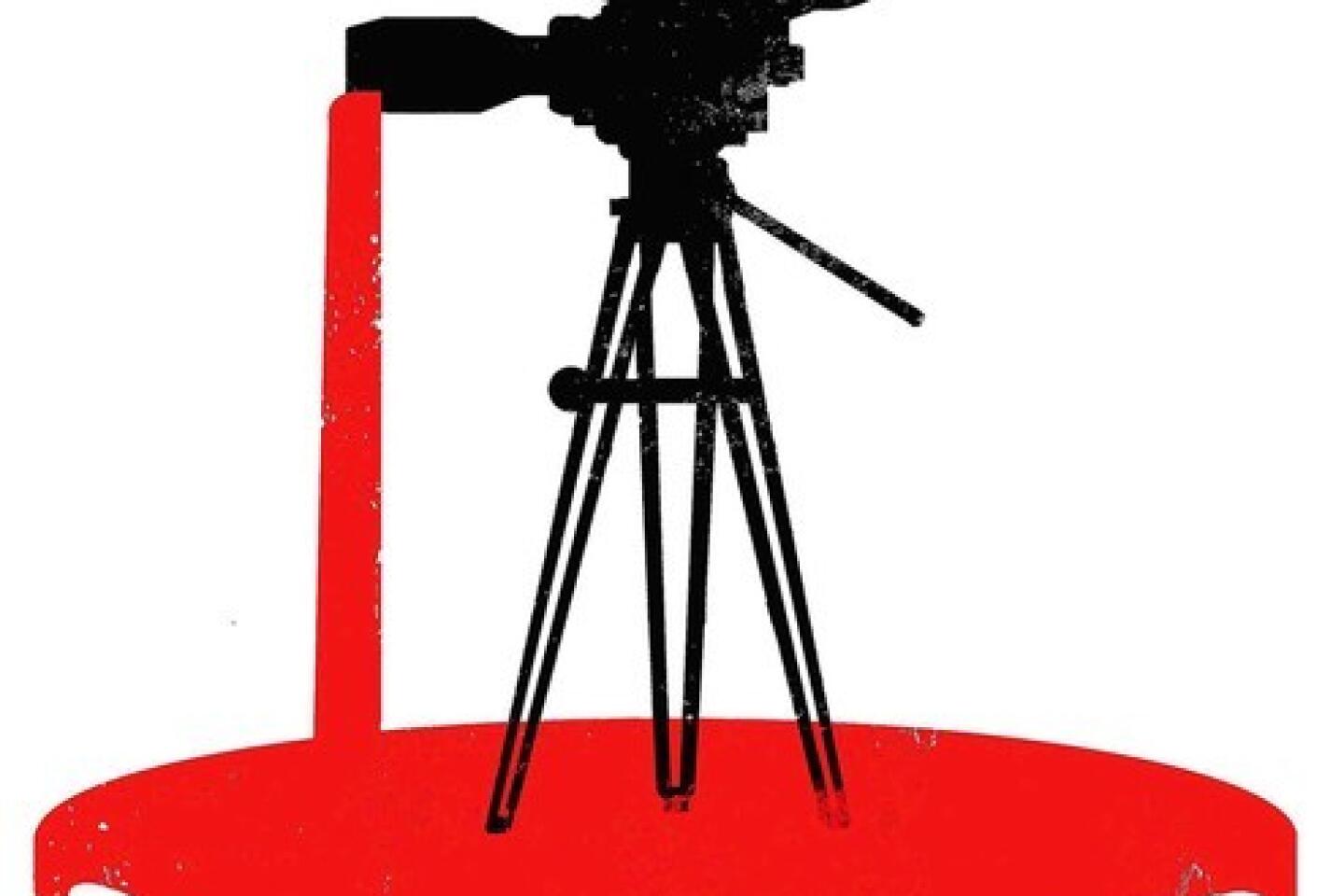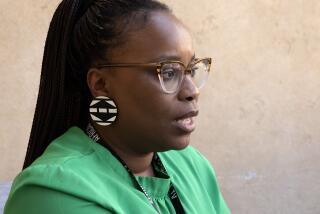A world of difference in reactions over foreign, U.S. film violence
Genre filmmaking helps make sense of the world, creating codes by which the seemingly irrational ways of human behavior can be understood. With storytelling modes that travel from country to country — the crime picture, the horror film, the action movie — genres cross borders and barriers with audiences the world over. On-screen violence can be seen as an international language.
When people decry or defend the graphic depiction of violence on screen, it is usually in reference to mainstream American movies. Many films from other countries are equally if not more explicit than their American counterparts, yet both in their home countries and in the U.S. they are seen in a somewhat different light. American filmmakers have in no way cornered the market for blood and action on-screen, with influence and inspiration moving in both directions.
Indeed, the borrowings between filmmaking cultures and the dynamic interplay and development of the grammar of violence on-screen creates an entirely new window through which to look at this difficult, tender subject.
THE CULTURE OF VIOLENCE: Art | Film | Television | Hollywood
Yet the intense brutality and bloodshed of films such as South Korea’s “Oldboy” or “I Saw the Devil,” Japan’s “Outrage” or “Lesson of the Evil,” Sweden’s “Let the Right One In” or Britain’s “Kill List” lead much less often to the same kind of finger-pointing cultural conversations on media that periodically erupt in the U.S.
“Those kinds of questions aren’t connected to violence in the same way they are here when something like Columbine or Newtown happens,” said Jan-Christopher Horak, director of the UCLA Film and Television Archive. “It doesn’t become a social issue, it’s not a subject for the kind of public discussion that we’re having here now. They don’t make that leap to blaming media for something.”
Is there something different about the portrayal and reception of on-screen violence in other countries to how we see and perceive it in America?
Consider: Films from South Korea are often heavy on knife-fighting, which creates an atmosphere of bloody intimacy to this up-close form of screen violence. There is a real-world reason behind this — tight restrictions mean guns are relatively hard to come by in that country.
Whether there is a connection between real-life violence and media is a frequent talking point with lawmakers and opinion makers in the U.S., particularly after outbreaks of spectacular violence. Yet with the international reach of American cultural production it would stand to reason that if such a causal effect existed, it would be inciting similar incidents all over the world.
That distinction does not go unnoticed elsewhere. “Especially when it comes to the media, we’re watching the same things you guys are,” said Colin Geddes, who as a programmer for the Toronto International Film Festival oversees the Midnight Madness section.
As to whether the same cultural conversation on violence and media occurring in the U.S. is happening north of the border, Geddes added, “That’s not happening up here. People watch American movies all around the world, and it’s not the same.”
THE CULTURE OF VIOLENCE: On-screen history | Theater | Research
On the other hand, the aesthetics of how violence is portrayed in other countries have a way of working themselves onto more mainstream American screens. South Korean filmmakers Park Chan-wook, Kim Jee-woon and Bong Joon-ho are all trying their hands at English-language films made with Hollywood stars, in “Stoker,” “The Last Stand” and “Snowpiercer,” respectively, bringing their idiosyncratic portraits of violence to American audiences. Numerous Nordic/Scandinavian filmmakers including Niels Arden Oplev, Tomas Alfredson and Baltasar Kormákur have likewise recently directed English-language action pictures, with “Dead Man Down,” “Tinker Tailor Soldier Spy” and “2 Guns.”
As noted by Nitin Govil, assistant professor at USC’s School of Cinematic Arts, the transnational cycle of influence among filmmakers around the world means that thematic and stylistic ideas can move, for example, from Japan’s Akira Kurosawa to Italy’s Sergio Leone to America’s Sam Peckinpah to Hong Kong’s John Woo and then back to Americans such as Quentin Tarantino.
“We’re in an age now of global cinema,” said Tim League, co-founder of the Alamo Drafthouse Cinema theater chain as well as founder of the genre-centric festival Fantastic Fest. The Drafthouse Films distribution arm will soon be distributing in the U.S. South Korean filmmaker Kim Ki-duk’s “Pieta,” winner of the top prize at the Venice Film Festival with its brooding mix of sexual, religious and violent imagery.
It would be easy to assume that the violent South Korean films that make their way to American screens make up a majority of the country’s cinematic production. But according to Nam Lee, assistant professor of film studies at Chapman University, there are many comedies and family dramas that do well at South Korea’s domestic box office and never receive distribution in America, causing a misperception here of South Korean filmmaking.
THE CULTURE OF VIOLENCE: Video Games | World Cinema
“The depiction of violence is a little bit different from that of Hollywood cinema,” Lee added. “In many Korean films, the violence is justified, where in Hollywood entertainment movies it’s more cartoonish, violence is depicted as a joke, and it doesn’t have a social subtext. Generally I don’t think Korean audiences perceive violence as fun. It’s very uncomfortable to watch the violent films because it’s very real.”
That consideration of cultural context is perhaps the toughest thing for American audiences to grasp onto when watching an extreme foreign film. The 2010 movie “A Serbian Film” pushed the envelope with its graphic depictions of rape, incest and sexual horrors for which there are simply no polite descriptions, yet according to League, “there is obvious political context “ in the film’s allegory of surviving the depravity of abusive power. (He was nevertheless quick to add, “however, I’ll never let my mother see it.”)
Welsh-born filmmaker Gareth Evans, who co-directed a segment in the upcoming anthology “V/H/S/2” has an interesting vantage point living and working in Indonesia. Evans noted that as his own “The Raid: Redemption,” which featured a machete-wielding gang of thugs fighting off a squadron of police, played around the international festival circuit the response would be largely the same — there would be “walkouts or cheers regardless of where we screen the film.”
“Of course it’s not for everyone and that’s fine,” said Evans, putting the issue in simple terms. “We all have a right to leave a cinema, turn off a DVD or change channels.”
More to Read
Only good movies
Get the Indie Focus newsletter, Mark Olsen's weekly guide to the world of cinema.
You may occasionally receive promotional content from the Los Angeles Times.












